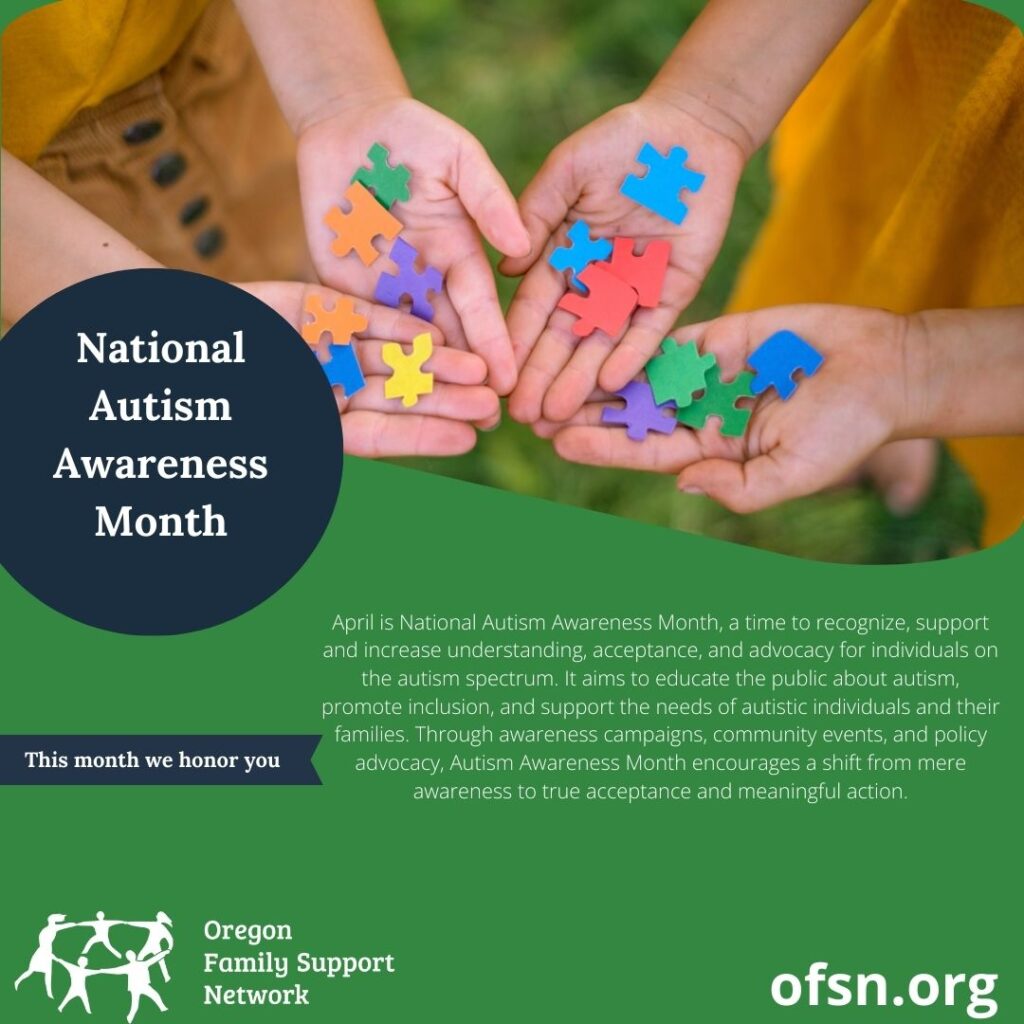April is Autism Awareness Month

Why Anxiety is More Common in Autistic Youth
Research indicates that autistic individuals are significantly more likely to experience anxiety compared to their neurotypical peers. There are several key reasons for this:
- Sensory Sensitivities: Everyday environments can be overwhelming due to heightened sensitivities to sounds, lights, textures, and smells.
- Social Challenges: Navigating social expectations and interactions can be stressful, especially when unwritten rules and nonverbal cues are difficult to interpret.
- Change and Uncertainty: Many autistic individuals thrive on routine and predictability, so unexpected changes can trigger intense anxiety.
- Masking: The effort to “blend in” or suppress autistic traits in social settings can be exhausting and anxiety-inducing.
- Misunderstandings and Stigma: A lack of autism awareness can lead to misinterpretation of behaviors, causing frustration and distress for autistic youth.
Recognizing Anxiety in Autistic Youth
Anxiety may present differently in autistic individuals compared to neurotypical children. While some may exhibit traditional signs such as excessive worry or avoidance, others may show:
- Increased repetitive behaviors or stimming (e.g., rocking, hand-flapping, or verbal repetition)
- Heightened irritability or emotional outbursts
- Withdrawal from social situations or activities they typically enjoy
- Physical symptoms like stomachaches or headaches
- Rigid or obsessive behaviors as a way to regain control
How to Support
Autistic Youth with Anxiety
Understanding the unique ways anxiety presents in autistic youth allows us to create a more inclusive and supportive environment. Here are some strategies that can help:
1. Respect Sensory Needs
Providing quiet spaces, noise-canceling headphones, or fidget tools can help reduce sensory overload and create a more comfortable environment.
2. Establish Predictability
Using visual schedules, social stories, and clear expectations can help ease anxiety related to uncertainty and transitions.
3. Encourage Self-Regulation Techniques
Teaching coping strategies like deep breathing, mindfulness, or engaging in preferred stimming activities can help autistic youth manage their anxiety.
4. Foster Acceptance and Understanding
Promoting autism awareness in schools and communities reduces stigma and fosters a more inclusive environment where autistic youth feel safe being themselves.
5. Validate and Support, Rather Than Dismiss
Avoid minimizing their concerns with phrases like “just relax” or “don’t worry so much.” Instead, acknowledge their feelings and offer reassurance in ways that align with their communication preferences.
A Call for Greater Awareness and Action
Anxiety in autistic youth is not just about nervousness—it is often an overwhelming and daily challenge. By increasing awareness, advocating for supportive environments, and embracing neurodiversity, we can help autistic children and teens navigate the world with confidence and well-being. Let’s move beyond awareness to true understanding and action, ensuring that all youth, regardless of neurotype, receive the support they need to thrive.
